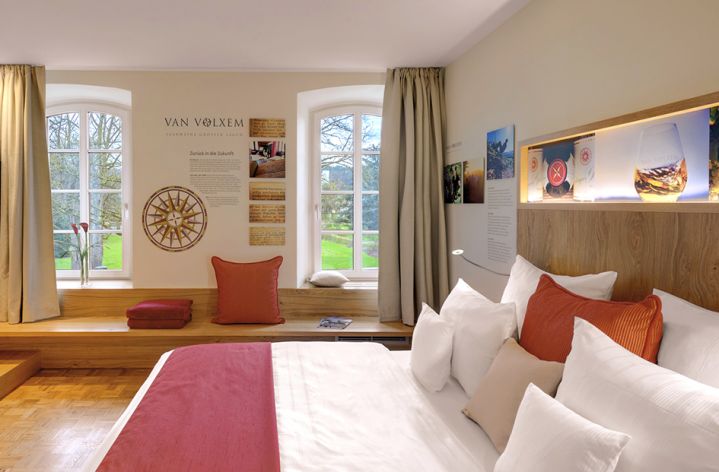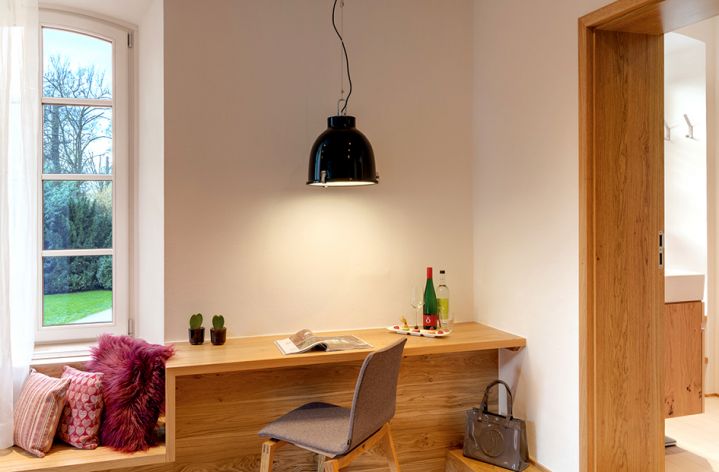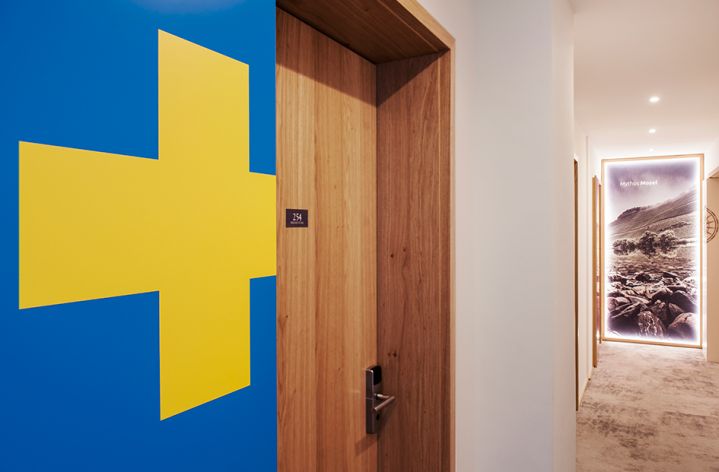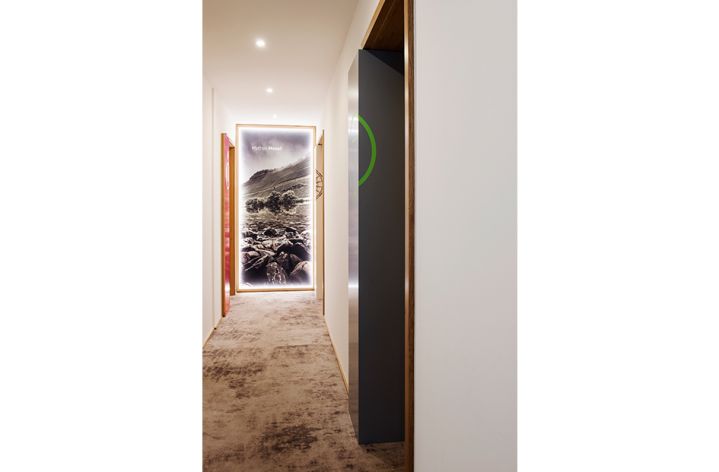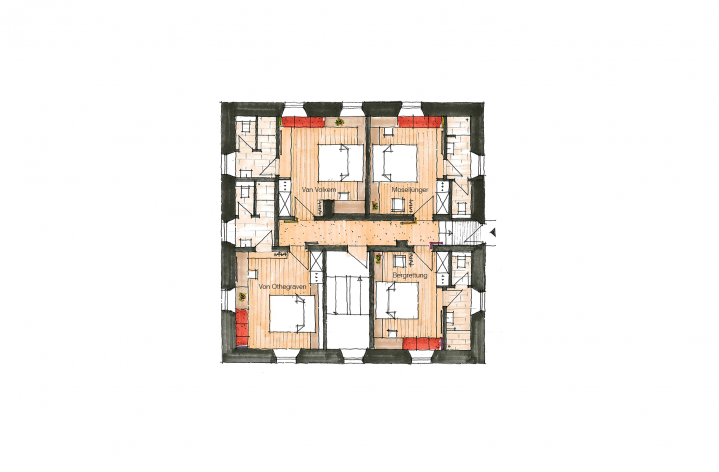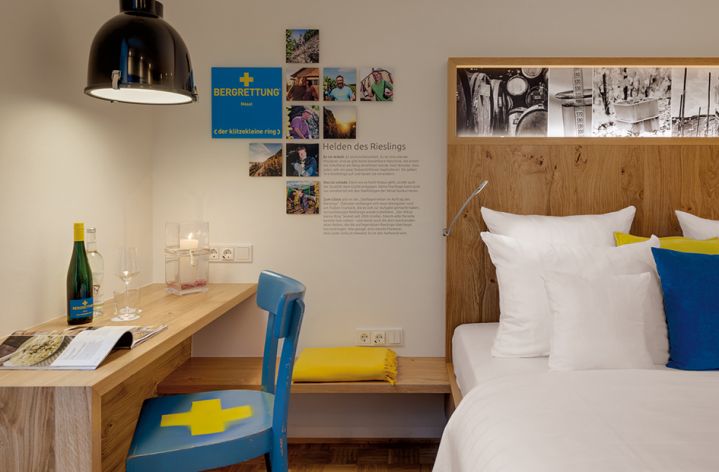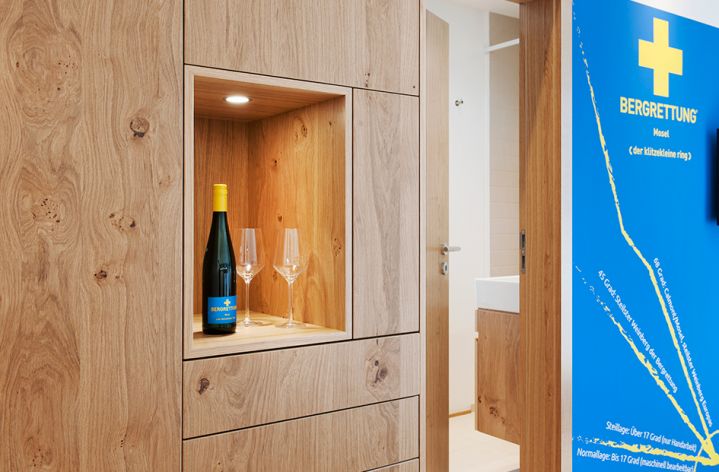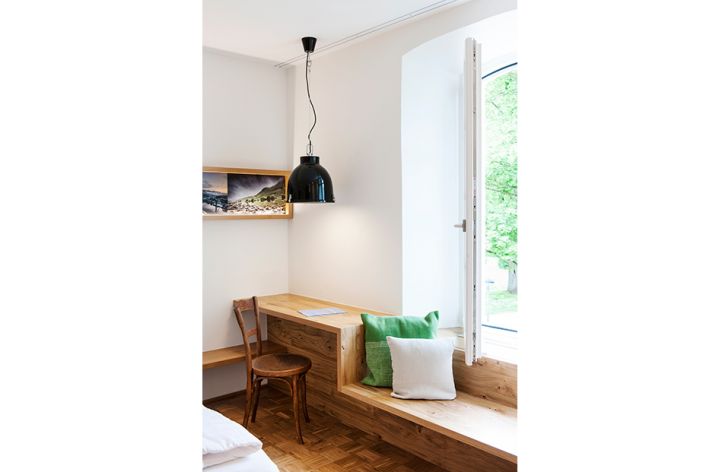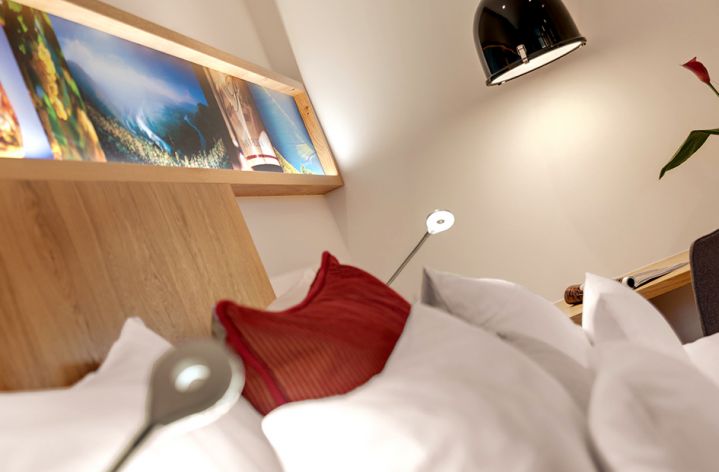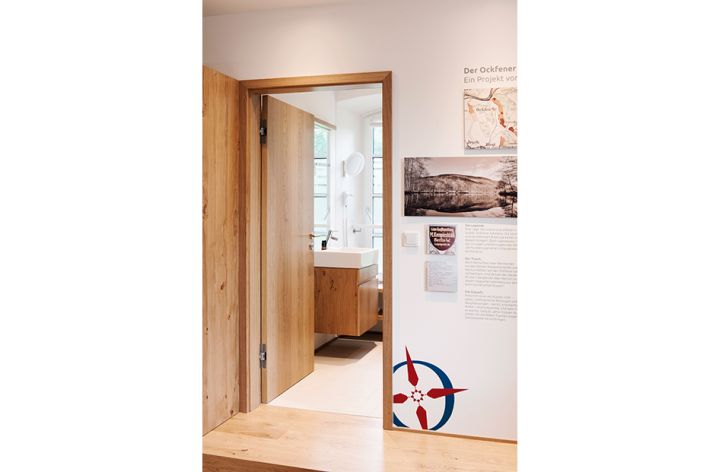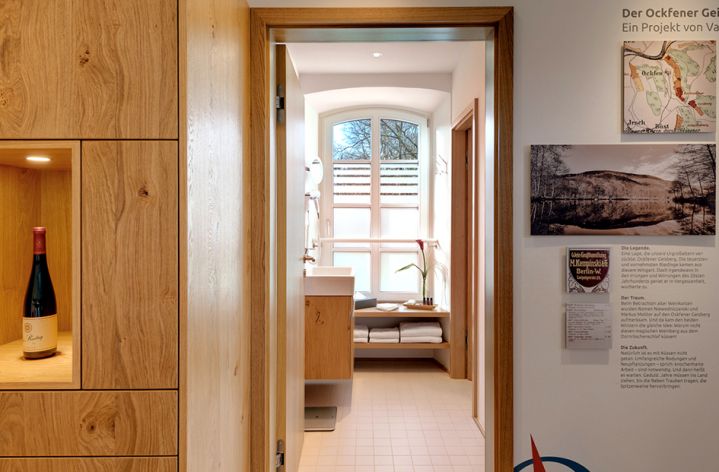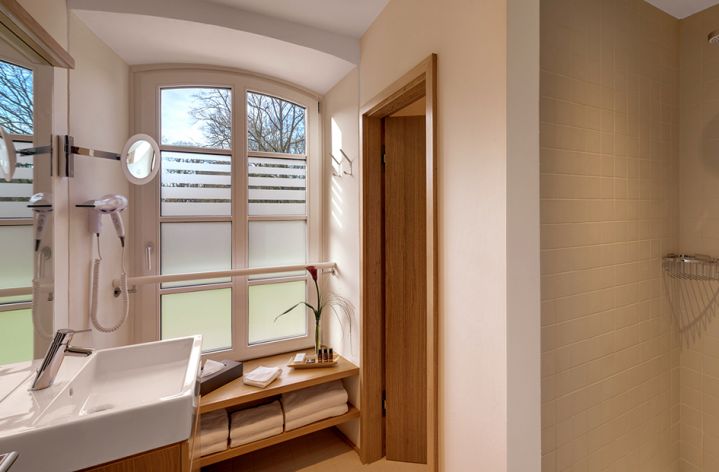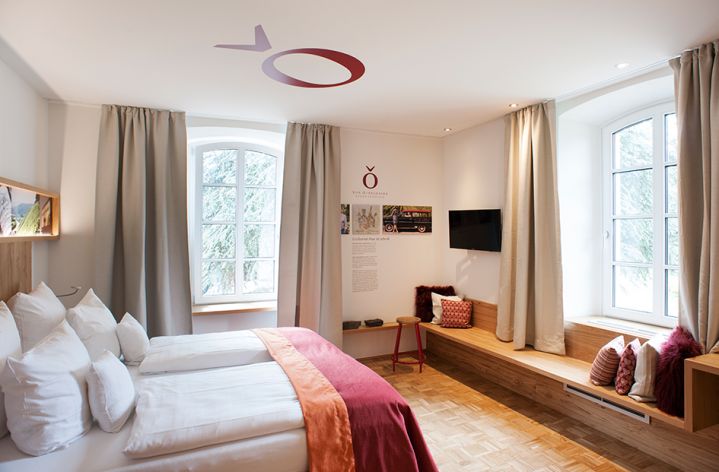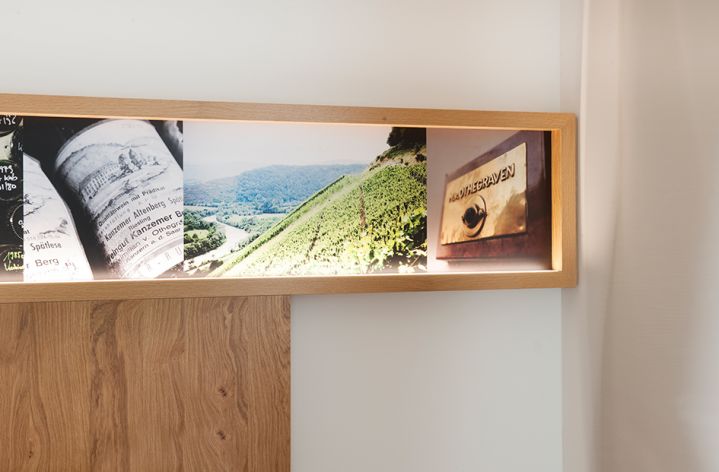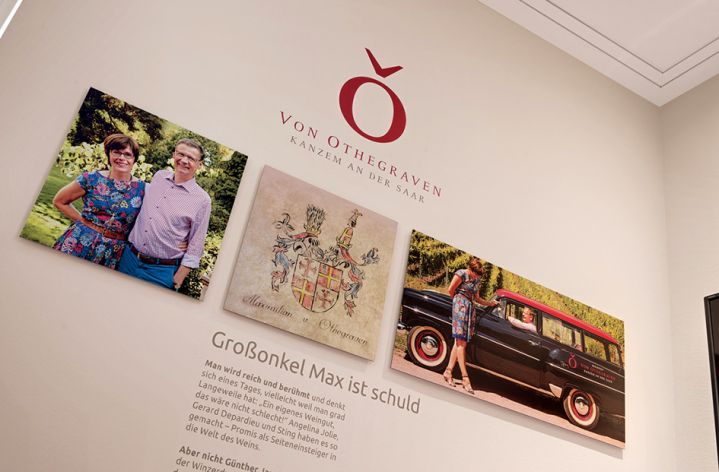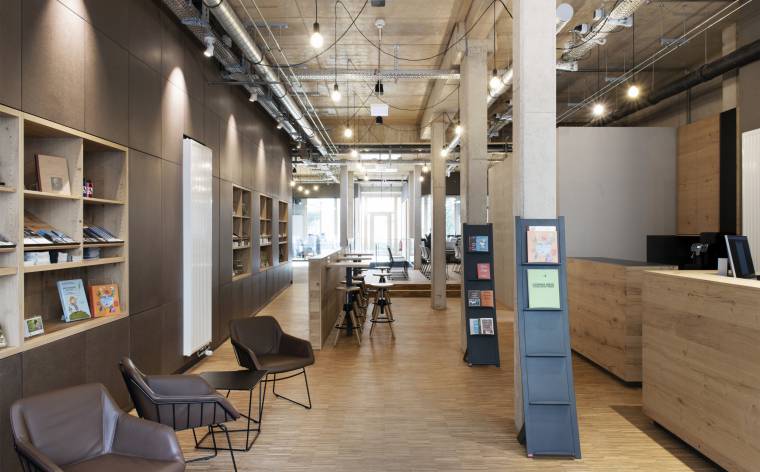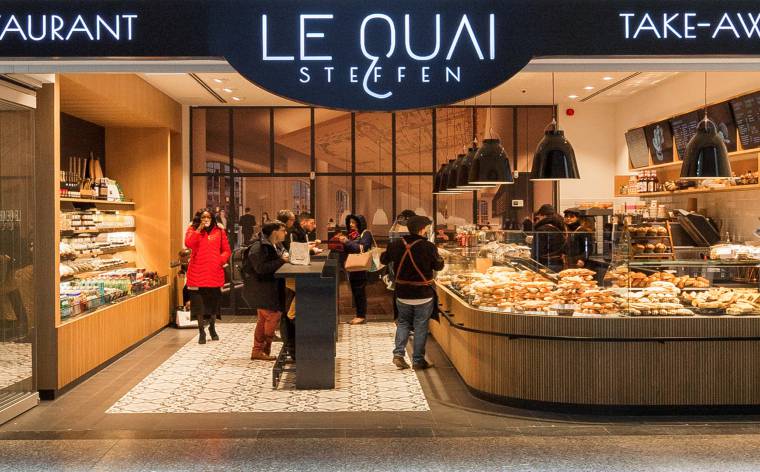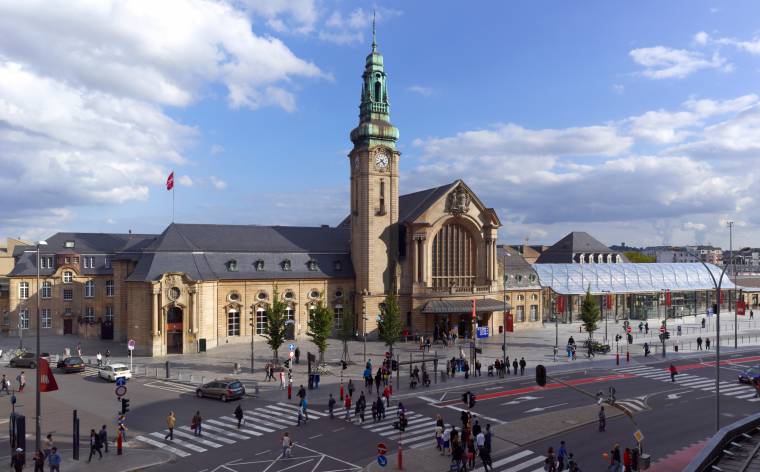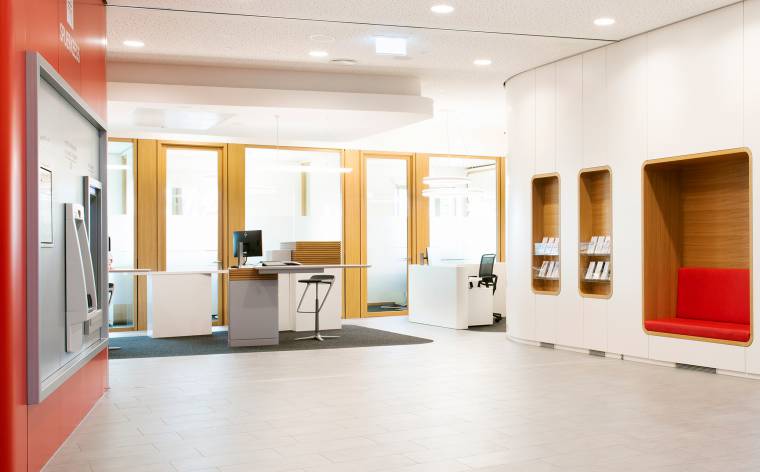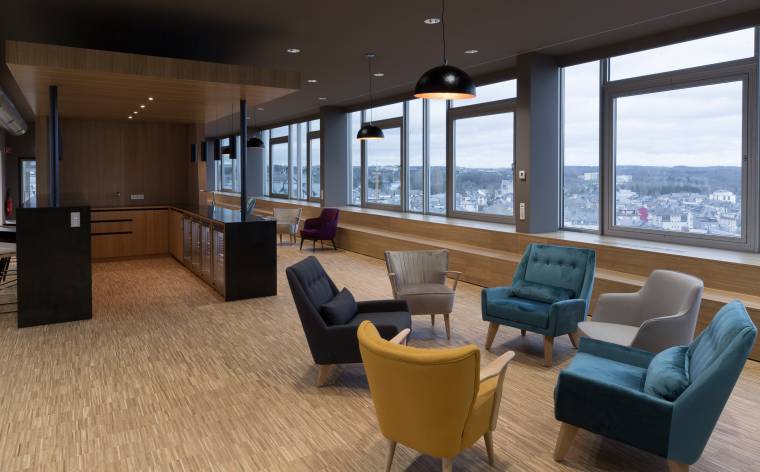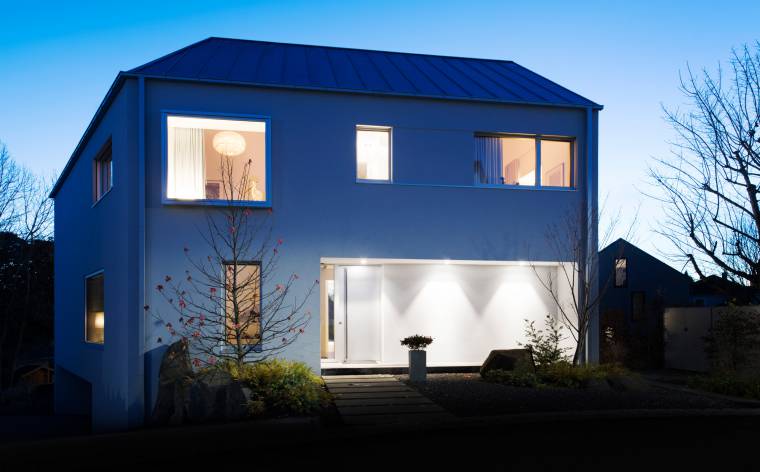Category :
Interior design
Project :
Conversion of the former Nells Park Hotel administration into 4 guest rooms, “Moselle myth” theme
Client :
Thomas Pütter und Denise Kraft-Pütter
Country :
Germany
Planning period :
03/2015 - 08/2015
Realisation :
10/2015 - 03/2015
Assignment :
Complete architecture services
Interior design
Share on
project conversion of the former Nells Park Hotel administration into 4 guest rooms, “Moselle myth” theme in the listed 1861 manor house contracting authority Thomas Pütter and Denise Kraft-Pütter architecture HOAI LP 1-9 WW+ GmbH, Trier (D) interior design HOAI LP 1-9 WW+ GmbH, Trier (D) structural engineering Ingenieurbüro Lohner, Trier (D) planning tga Reis & Neumann, Ruwer (D) planning 03/2015 - 08/2015 implementation 10/2015 - 15/2015
As the owners of the long-established and family-run business Nells Park Hotel, Thomas Pütter and Denise Kraft-Pütter feel it is their calling to bolster the Saar – Moselle region with their first-rate and world-renowned Rieslings! This is the reason behind their undaunted move to say goodbye to foreign white wines and champagnes and henceforth present their guests with a representative cross section of over 100 wines from the Moselle, Saar and Ruwer regions, which are served alongside a young and fresh regional cuisine. The objective of this project was to signal and promulgate this philosophy and the in-house generation change to the outside world by adopting a contemporary yet tradition-conscious architectural language.
In addition to the restaurant area on the ground floor of the new and old building, the two-stage renovation and extension of the four-star “Nells Park Hotel” in Trier also involved the renovation of the listed vaulted cellar of the manor house. The newly created wine room, known as the Vinothek, hosts entertaining wine tastings led by the in-house sommelier, as well as commentated tastings run by winegrowers, exclusive gourmet menu events or themed workshop tastings.
In addition to the extension of the gastronomic area, the upper floor of the 1861 manor house was converted into four new hotel rooms. These rooms were previously used by the administration of Nells Park Hotel and have been converted into individual guest rooms. These reflect the “Moselle myth” theme and aim to allow guests to fully immerse themselves in the region and its culture of indulgence. Through the use of just a few primarily regional and natural materials, bright rooms, which are flooded with natural light, have been created in a reduced design language. Other than the necessary bathroom installations, existing elements such as the parquet flooring, for instance, were retained and, when necessary, completed or complemented by skilled craftsmen.
A unique feature is that each room has its own regional patron. The Saar is represented by the VDP member vineyards Van Volxem, run by Roman Niewodniczanski, and von Othegraven, owned by Günter Jauch. The Klitzekleine Ring steep slope rescuers and the Moseljünger association were secured as representatives for the Moselle. The self-proclaimed “steep slope Riesling rescue team” is made up of nine vineyards from around Traben-Trarbach, who are on a mission to revive neglected vineyard slopes. The thirteen young winemakers of the Moseljünger e.V. have a similar mission, pouring their heart and soul into nurturing every single vine growing on the steepest slopes of the Moselle valley. For all these patrons, the concept of sustainability and the preservation of a unique cultural landscape are of key importance.
It is against this backdrop that guests can enjoy unique rooms in a contemporary setting, which features all the amenities of a modern hotel design without the character of the old manor house being lost. The rooms thus provide a perfect complement to the overall gastronomic concept of Nells Park Hotel. Guests immerse themselves in the exciting history of unique Riesling wines. They share the passion of their patrons and in doing so get to experience the region from a new angle!
Van Volxem - “Back to the future”
A brewer with a passion for wine. Over 150 years ago, Gustav van Volxem left his brewhouse in Brussels and headed for the Saar region. To Wiltingen, home to an abundance of magnificent vineyards: Gottesfuß, Volz, Scharzhofberg. Van Volxem demonstrated remarkable skill. Under his supervision, the Van Volxem vineyard became one of the most prestigious in the German Empire. Around 1900, Van Volxem wines were more sought-after (and dearer) than the finest drops from Bordeaux. Ever since 2000, Roman Niewodniczanski has been at the helm of Van Volxem, ensuring its continuity and tradition. His recipe for success: patience and relinquishment. He restricts the harvest – fewer grapes mean more minerals and more complex aromas. This is why his grape harvest only takes place once other cellars are filled – each extra day of sunshine means more maturity and vigour. He allows the fermentation process to run its course in the cellar – the longer the wines rest on the yeasts, the more harmonious and complex they become. Roman Niewodniczanski also takes time for young apprentices, as he guides them through his vineyards, sharing his passion first-hand with them.
Rescuing the vineyards - “Heroes of the Riesling”
It is work. Backbreaking work. Hard graft. And there is no affordable machine that can eliminate the drudgery of working on a hill. No wonder a few dozen winemakers admit defeat every year. They abandon their steep slopes and let them run wild. This is a shame. Because the steeper the slope, the higher the reward. Flat surfaces can’t even begin to compete with the steep slopes of the Moselle. Enter the “steel slope rescuers by order of the Riesling”, nine vineyards from around Traben-Trarbach, who have made it their mission to revive neglected vineyard slopes. The “Klitzekleine Ring” has achieved big things since 2006. A number of fine plots have been rescued – and with them their old vines, which are producing the most exciting Rieslings ever. Admittedly, it is hard graft. But as every drop proves: it is worth the effort.
Moseljünger - “Live cell therapy for a classic”
Picture a Roman goblet. A bulging, cumbersome drinking vessel, perfect for a film starring Peter Ustinov as Nero – but not suitable for a 21st-century wine party. Just as antiquated as the goblet was the image associated with the Moselle Riesling until the turn of the century. It was deemed “silky”, i.e. sticky sweet. The labels screamed 1950s – Heinz Erhardt would have approved. Then along came the Moseljünger, a group of a dozen or so winemakers. Since 2006, they have been on a mission to prove that a Mosel Riesling can also be of the dry and semi-dry variety – and very easy to drink. With a good dose of tongue-in-cheek humour, these young winemakers are showing the world that the days of the old man drink are over. Wine tastings are held under the banner of “Riesling rocks”. And the “Rhythm & Wine” festival that takes place every Easter in our historical Orangerie, is now one of the highlights of the Trier events calendar – with no sign of the Roman goblet of course.
Von Othegraven - “It’s great-uncle Max’s fault”
This is how it works these days: man becomes rich and famous and one day in a moment of boredom he thinks: “my own vineyard, what a good idea.” Angelina Jolie, Gérard Dépardieu and Sting have all succumbed to this – celebrities entering the world of wine. Not so Günther Jauch, however. He actually hails from the great Von Othegraven winemaking dynasty, whose roots can be traced back to the time of Napoleon. And had it been his grandfather rather than his grandmother bearing the time-honoured name, he would be known as Günther von Othegraven today. He took over the vineyard in 2010, when it would otherwise have ended up under the hammer, and in doing so returned to the place of his childhood. Here in Kanzem, in the listed manor house and English country park, is where young Günther spent many holidays with great-uncle Max. He must have liked it. Otherwise the vineyard would not have made it to a seventh generation. And who knows what would have become of Kanzem Altenberg! A dream location, which year after year produces dream wines that you can find on our wine list.
- Nells Park Winzerzimmer de
Downloads
Contact us !
